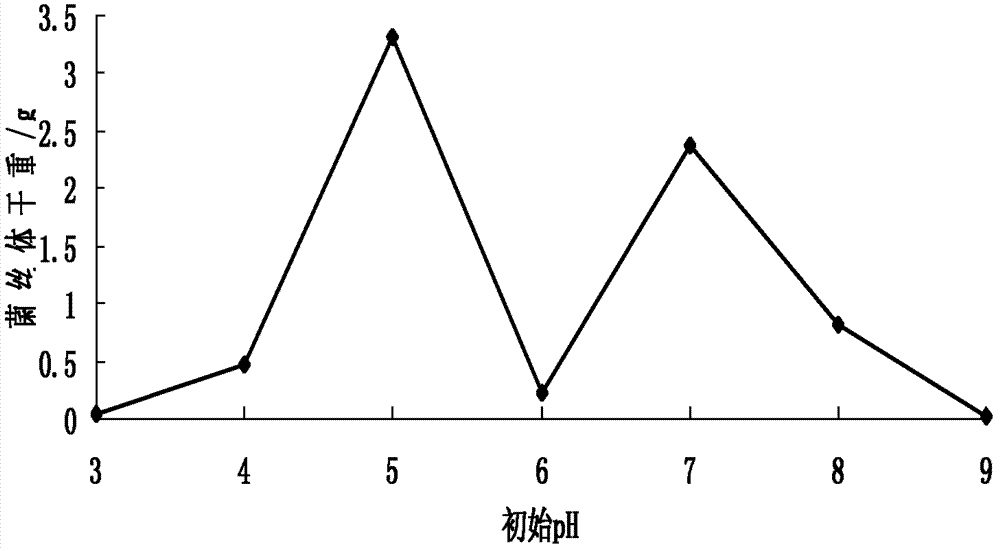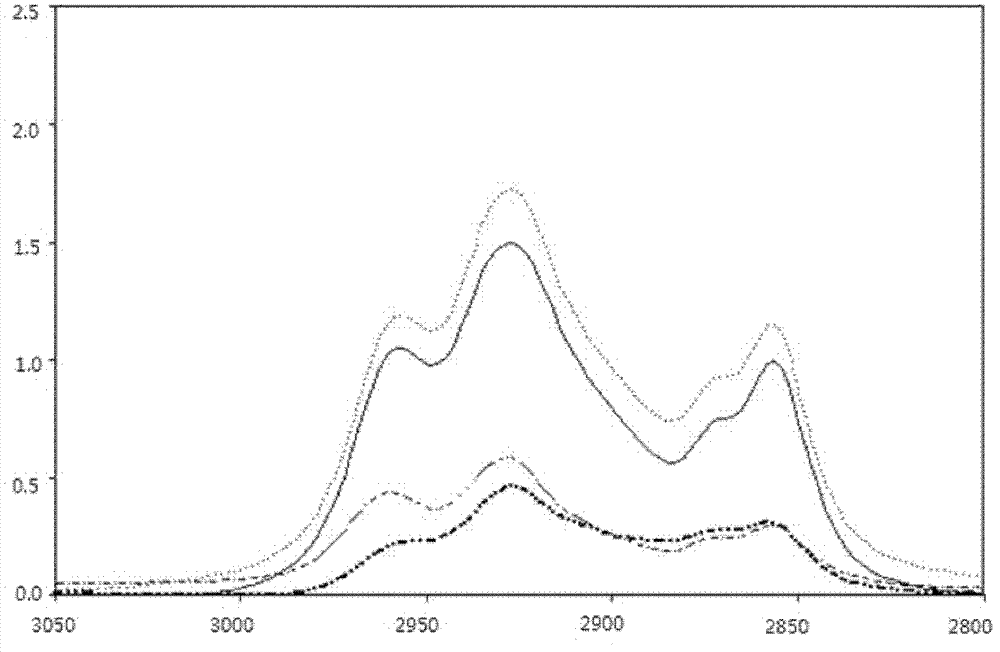M-4 strain for degradation of waste castor-based lubricating oil and mineral oil
An M-4, lubricating oil technology, applied in the field of microorganisms, can solve the problems of expensive fuel and equipment, damage to soil structure and composition, pollution, etc., and achieve the effect of shortening the screening time, shortening the degradation cycle, and easy and fast operation.
- Summary
- Abstract
- Description
- Claims
- Application Information
AI Technical Summary
Problems solved by technology
Method used
Image
Examples
Embodiment Construction
[0019] Below in conjunction with the examples, the present invention is further described, the following examples are illustrative, not limiting, and the protection scope of the present invention cannot be limited by the following examples.
[0020] The technical route of the present invention is as follows: the collected soil samples and water samples are made into a suspension with sterile water, and the strains are isolated by using the plate gradient coating method, and the M-4 strain with better degradation effect is isolated therefrom, and the improved The CEC-M-43-A-93 method was used for degradation experiments, and a better degradation effect was obtained.
[0021] A kind of M-4 bacterial strain that degrades waste castor-oil-based lubricating oil and mineral oil, its screening steps are as follows:
[0022] 1. Soil and water samples were taken from the blowdown wellhead of the castor oil extraction workshop, and the tools required for sampling have been sterilized; ...
PUM
 Login to View More
Login to View More Abstract
Description
Claims
Application Information
 Login to View More
Login to View More - R&D
- Intellectual Property
- Life Sciences
- Materials
- Tech Scout
- Unparalleled Data Quality
- Higher Quality Content
- 60% Fewer Hallucinations
Browse by: Latest US Patents, China's latest patents, Technical Efficacy Thesaurus, Application Domain, Technology Topic, Popular Technical Reports.
© 2025 PatSnap. All rights reserved.Legal|Privacy policy|Modern Slavery Act Transparency Statement|Sitemap|About US| Contact US: help@patsnap.com



